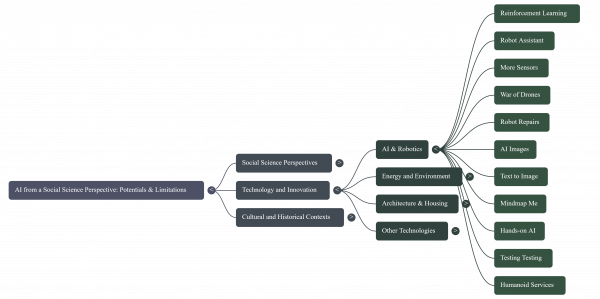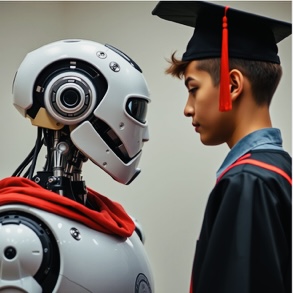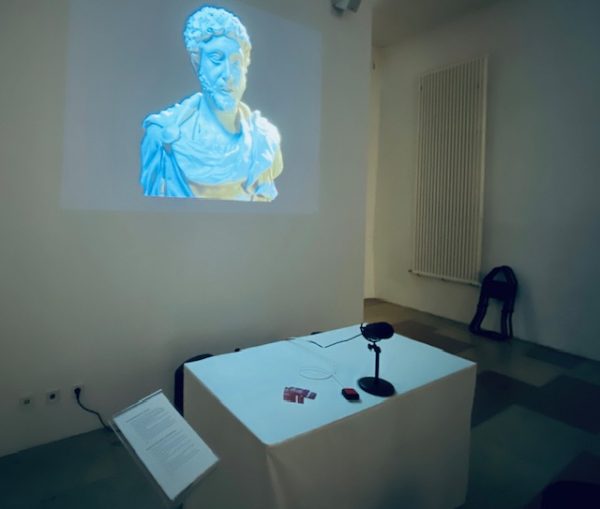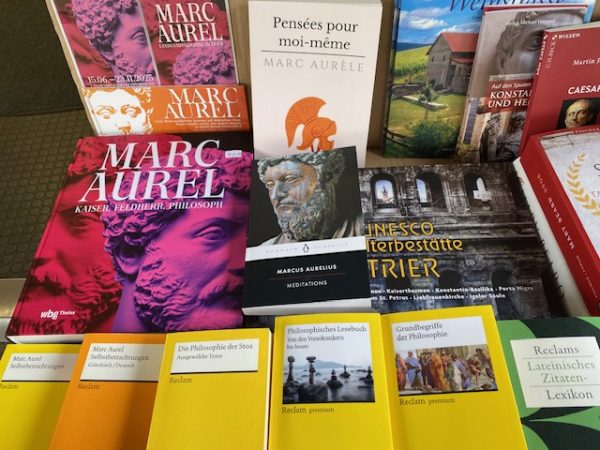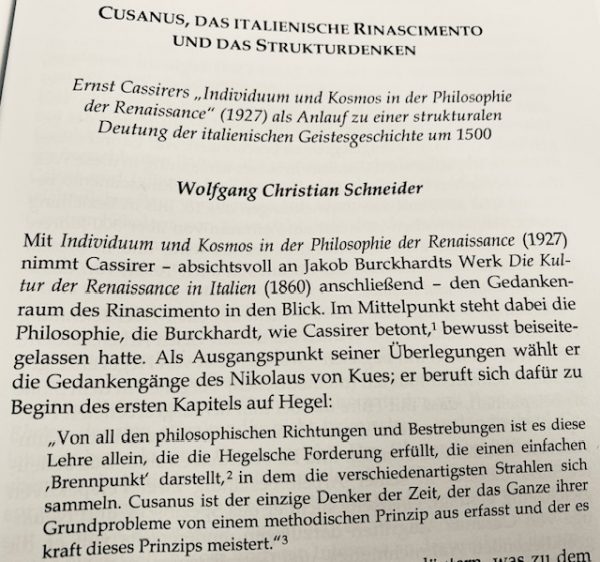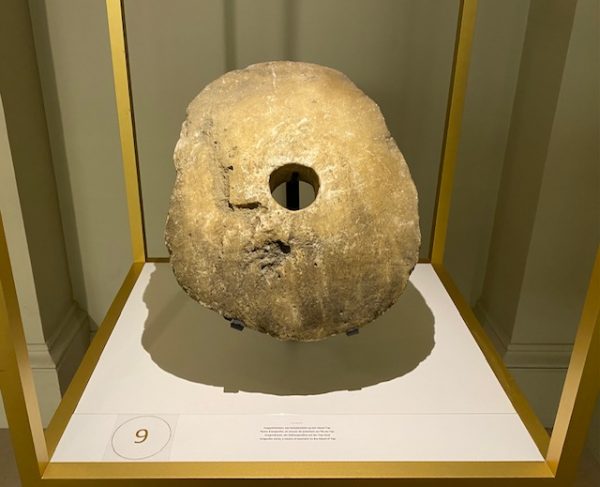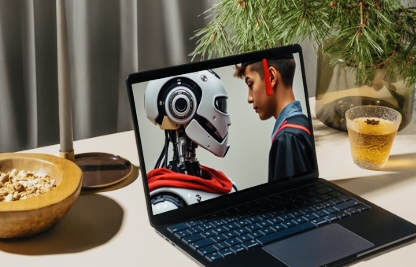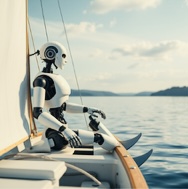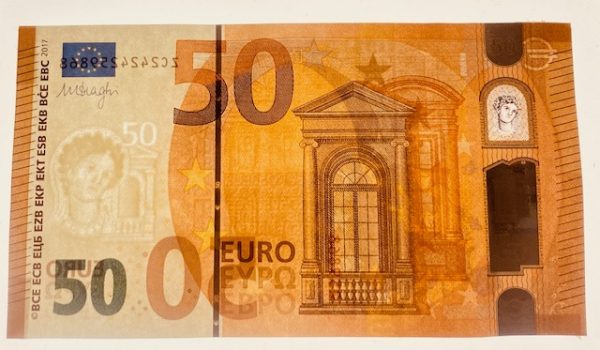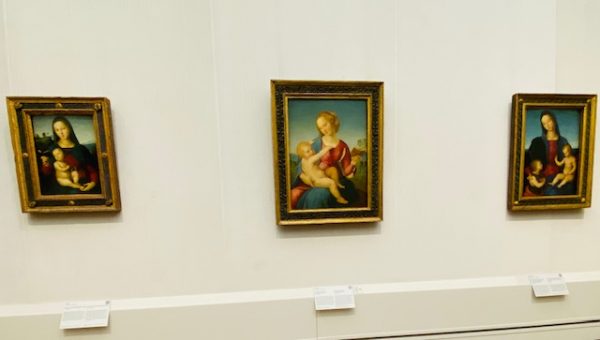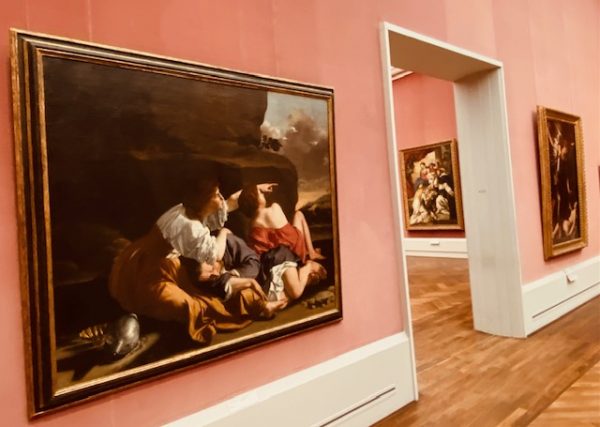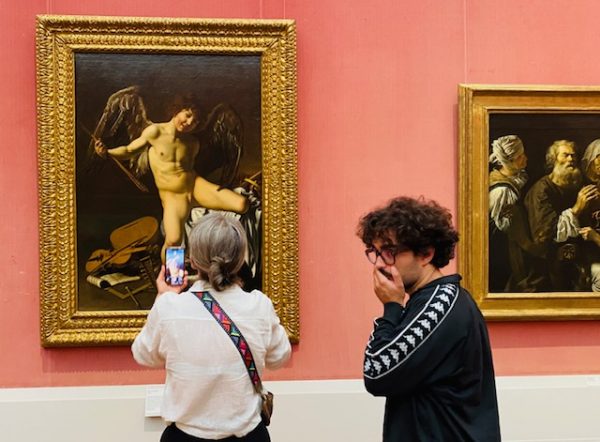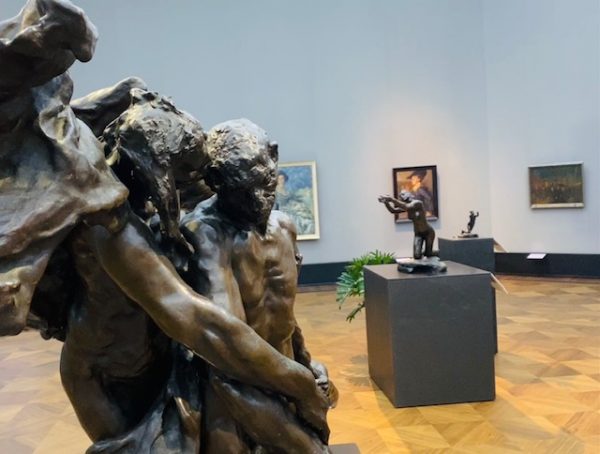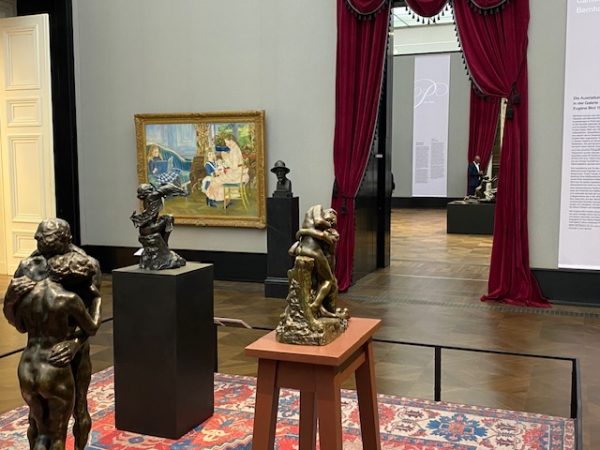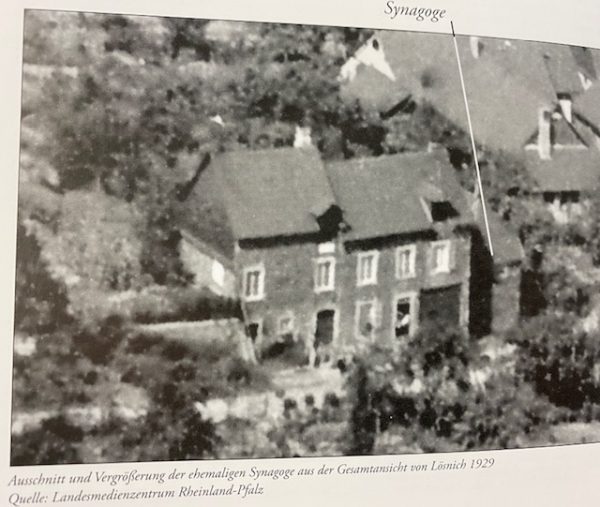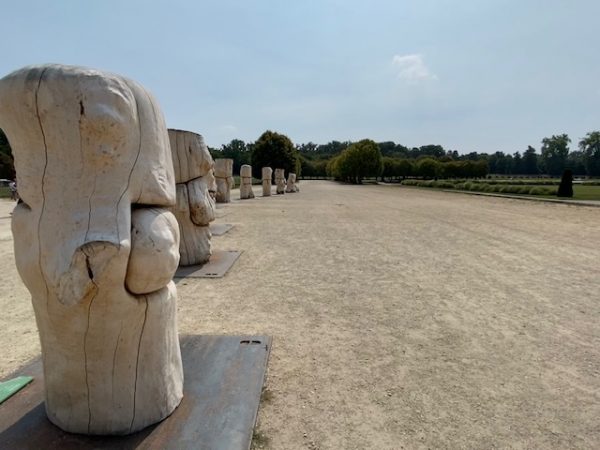In order to dig deeper into the functioning of AI, I deemed it expedient to construct, for example, a simple chatbot on a limited knowledge base from my own writings on AI (link to reader in previous blog entry here).
A toolbox from Google offers powerful assistance in such an endeavour. The outcome uses only my input text and no other sources. It is dynamic in the sense that it interprets questions and searches within the text file provided only. The answers are edited with a LLM (large language model) and provide flawless English texts. You can try it here using catchat as magic formula and Google account so far.
With a bit of programming knowledge (htlm, python, Java) and related learning sites it is feasible to come up with a “static” chatbot hosted at a free of charge provider as well. For learning purposes this step by step building and coding of a chatbot is helpful. The outcome is rather limited or requires a lot of time to increase the scope of Q & A interactions and to move from a static (predefined Q & As) to dynamic ones.
Full control of answers, excluding any hallucinations and high-speed replies, come at a cost. Take a look here. It is a very basic version so far, just to get the idea of it. full web address:
https://schoemannchatbot.eu.pythonanywhere.com/



